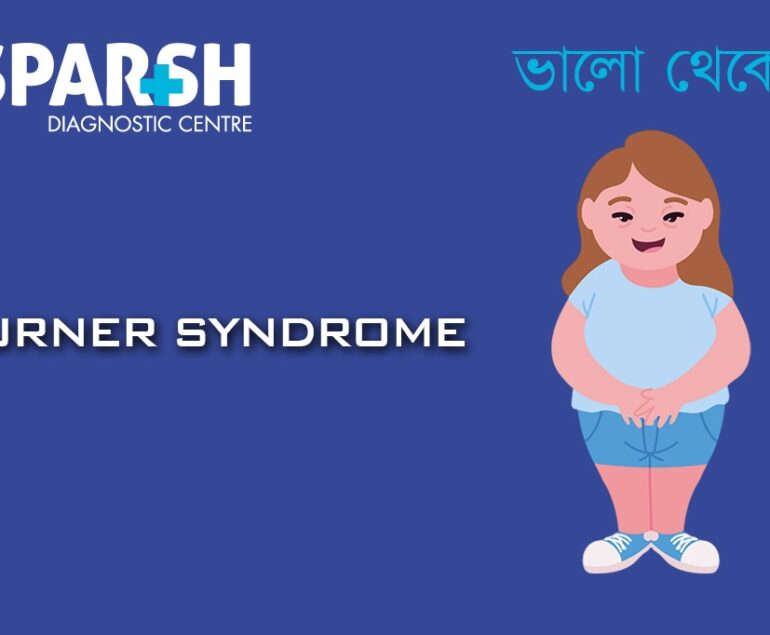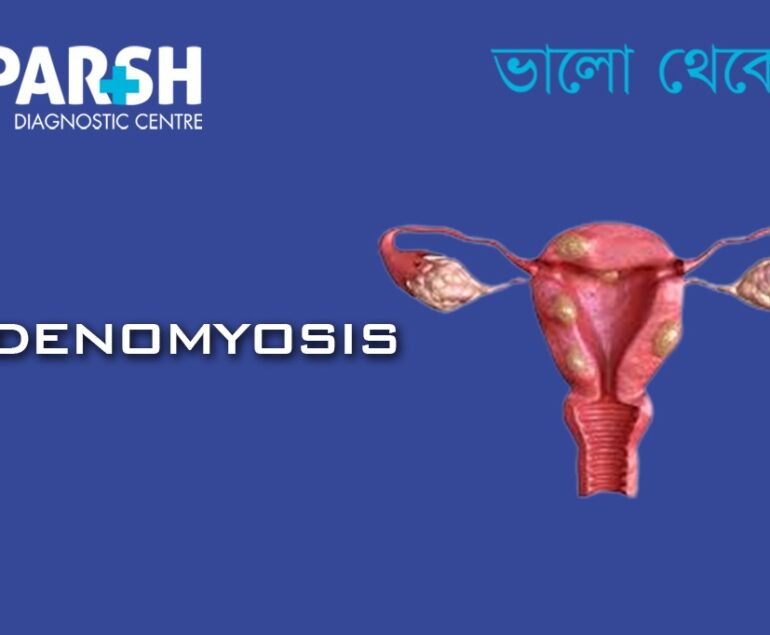Uterine cancer is one of the most common gynecological cancers affecting women worldwide. It develops in the uterus (womb), the hollow organ in the pelvis where fetal development takes place during pregnancy. The majority of uterine cancers start in the endometrium, the inner lining of the uterus, and are known as endometrial cancers.
With increasing awareness, better diagnostic tools, and early screening facilities, many cases can now be detected in earlier, more treatable stages. This blog explores everything you need to know about uterine cancer, including symptoms, causes, risk factors, diagnosis, treatment options, and prevention strategies.
What is Uterine Cancer?
It refers to cancer that begins in the uterus. There are two primary types:
Endometrial Cancer – The most common type, originating in the lining (endometrium) of the uterus.
Uterine Sarcoma – A rare type that begins in the muscles of the uterus (myometrium) or supporting tissues.
While most cases involve endometrial cancer, it is important to recognize both types because treatment and prognosis may vary.
Symptoms of Uterine Cancer
Early symptoms are often noticeable, making early diagnosis possible in many women. Some common symptoms include:
Heavier periods than normal
Bleeding between periods
Bleeding after menopause
Unusual vaginal discharge (watery or blood-tinged)
Abnormal pelvic pain or cramping
Pain during intercourse

👉 If you experience any abnormal vaginal bleeding, especially after menopause, it is crucial to seek medical evaluation promptly.
Causes of Uterine Cancer
The exact cause of the cancer is not fully understood, but it develops when cells in the uterus undergo genetic mutations. These mutations cause cells to grow uncontrollably and form a tumor.
Factors that can influence these changes include:
Hormonal imbalances (especially excess estrogen exposure)
Obesity, which alters hormone levels
Genetic mutations in certain cancer-related genes
Family history of uterine or colorectal cancer
Risk factors for Uterine Cancer
Several factors may increase the risk of developing the cancer:
Age – Most cases occur in women over 50.
Obesity – Extra fat tissue increases estrogen levels.
Hormone Therapy – Use of estrogen without progesterone.
Polycystic Ovary Syndrome (PCOS) – Associated with hormonal imbalances.
Diabetes – Increases risk due to metabolic changes.
Family History – Having relatives with uterine or colorectal cancer (Lynch syndrome).
Radiation Therapy – Past pelvic radiation for other cancers.
Never Having Been Pregnant – Pregnancy lowers risk due to progesterone exposure.
Diagnosis of Uterine Cancer
At diagnostic centers like Sparsh Diagnostic Centre, several tests and imaging techniques are used to confirm uterine cancer:
Pelvic Examination – To check for abnormalities in the uterus.
Ultrasound (Transvaginal Ultrasound) – Provides images of the uterus and endometrium.
Endometrial Biopsy – A small tissue sample from the uterine lining is analyzed.
Hysteroscopy – A thin, lighted tube is used to view the inside of the uterus.
MRI/CT Scans – To check the spread of cancer to other parts.
Early detection through these diagnostic methods significantly improves treatment success.
Stages of Uterine Cancer
Uterine cancer is staged to determine how far it has spread:
Stage I – Cancer is confined to the uterus.
Stage II – Cancer has spread to the cervix.
Stage III – Cancer has spread to nearby tissues, such as ovaries or lymph nodes.
Stage IV – Cancer has spread to the bladder, bowel, or distant organs.
Treatment options for Uterine Cancer
Treatment depends on the type, stage, overall health, and preferences of the patient. Common approaches include:
1. Surgery
Hysterectomy – Removal of the uterus, often including ovaries and fallopian tubes.
Lymph node dissection – To check for cancer spread.
2. Radiation Therapy
Used before surgery to shrink tumors or after surgery to kill remaining cancer cells.
External beam radiation or internal (brachytherapy).
3. Chemotherapy
Administered if cancer has spread beyond the uterus.
Drugs are used to kill fast-growing cancer cells.
4. Hormone Therapy
Medications that lower estrogen levels or block its effects.
Often used in cases of recurrent or advanced cancer.
5. Targeted Therapy & Immunotherapy
Advanced treatments that specifically target cancer cell growth pathways.
Immunotherapy helps the body’s immune system fight cancer.
Prevention of Uterine Cancer
While not all cases can be prevented, lifestyle and medical interventions can lower risk:
Maintain a healthy weight through diet and exercise.
Use combined oral contraceptives (estrogen + progesterone) for birth control (reduces risk).
Manage conditions like diabetes and PCOS.
Regular screenings if you are at high risk.
Seek prompt care for abnormal vaginal bleeding.
Living with Uterine Cancer
Receiving a uterine cancer diagnosis can be overwhelming. However, with modern treatments and supportive care, many women survive and live fulfilling lives. Emotional support, counseling, and joining support groups can make a significant difference in recovery and coping.
Why choose Sparsh Diagnostic Centre for Uterine Cancer detection?
At Sparsh Diagnostic Centre, we offer:
State-of-the-art diagnostic imaging (Ultrasound, CT, MRI).
Accurate biopsy and pathology services.
Expert gynecologists and oncologists for consultation.
Compassionate care tailored to every woman’s needs.
Early detection saves lives. If you notice unusual symptoms, book your check-up today.
FAQs on Uterine Cancer
1. What is the first sign of uterine cancer?
The most common first sign is abnormal vaginal bleeding, especially after menopause.
2. Can uterine cancer be cured?
Yes, uterine cancer is often curable if detected early, especially in stage I.
3. Who is most at risk for uterine cancer?
Women over 50, obese women, those with hormonal imbalances, or those with family history are at higher risk.
4. How is uterine cancer different from cervical cancer?
Uterine cancer starts in the uterus (endometrium), while cervical cancer begins in the cervix. They have different causes, risk factors, and treatments.
5. Can lifestyle changes reduce the risk of uterine cancer?
Yes. Maintaining a healthy weight, managing diabetes, and avoiding unopposed estrogen therapy can reduce risk.
6. How often should women get screened for uterine cancer?
Routine screening isn’t recommended for all women, but high-risk women should consult their doctor for regular check-ups.
7. Does uterine cancer always require surgery?
Surgery is the most common treatment, but in certain cases, radiation, hormone therapy, or chemotherapy may be used.
Uterine cancer is a serious but highly treatable condition when caught early. Recognizing symptoms such as abnormal bleeding and seeking timely medical care at trusted centers like Sparsh Diagnostic Centre can make a life-saving difference.
If you or a loved one are experiencing unusual symptoms, don’t delay—schedule a consultation and screening today.
For more information and appointments, visit: Sparsh Diagnostic Centre
#BhaloTheko
Disclaimer:
No content on this site, regardless of date, should ever be used as a substitute for direct medical advice from your doctor or other qualified clinician.

![]()





